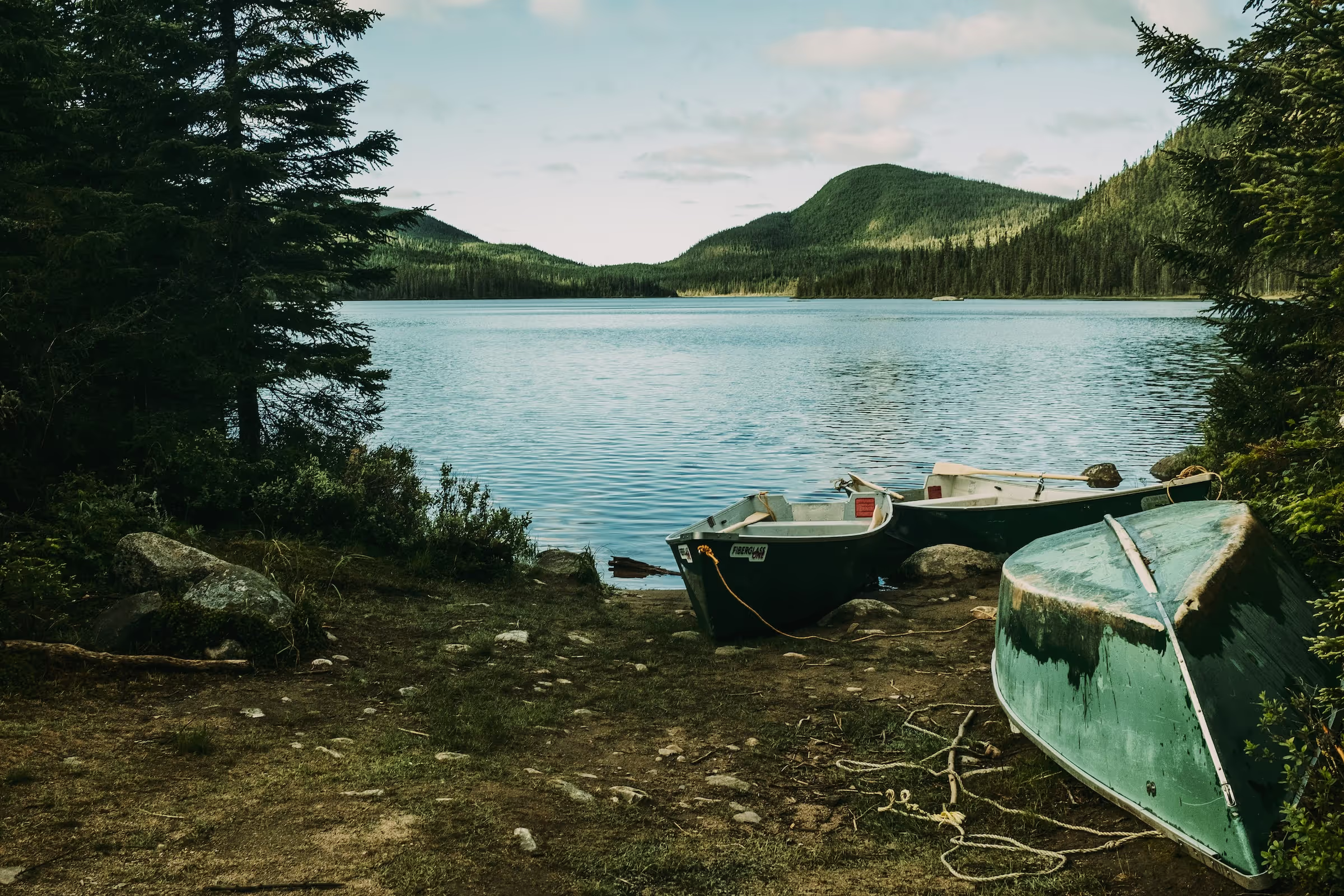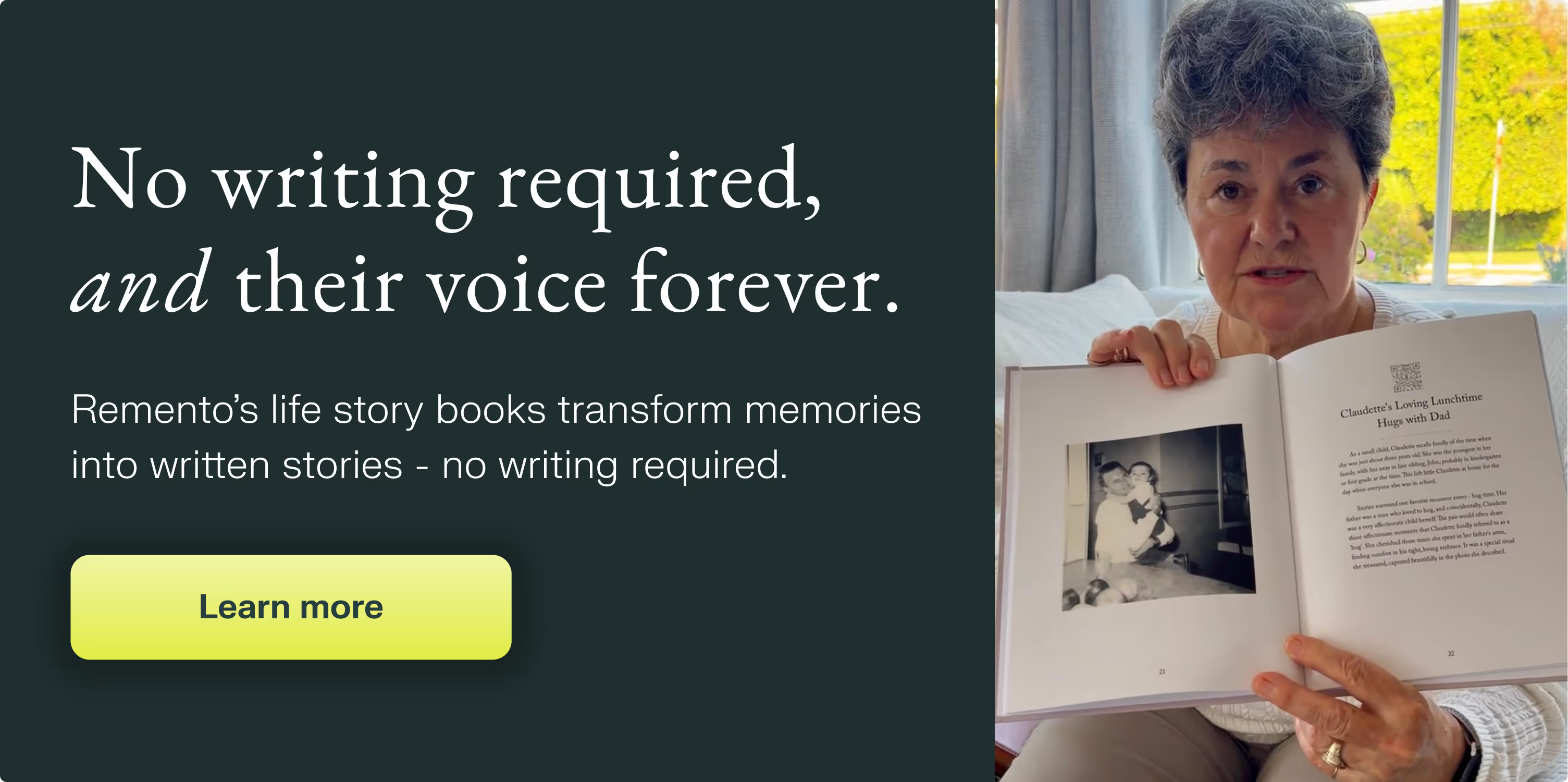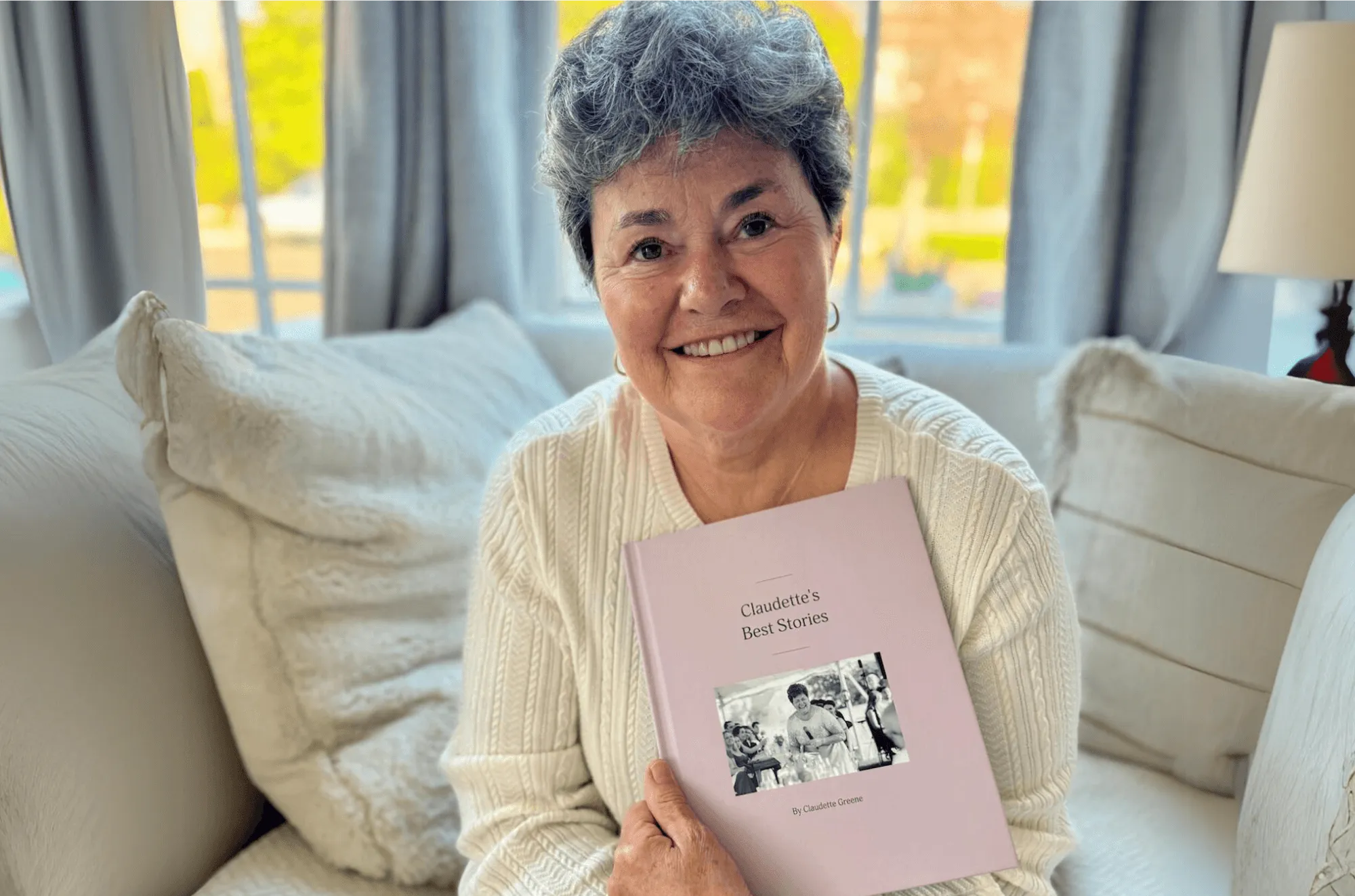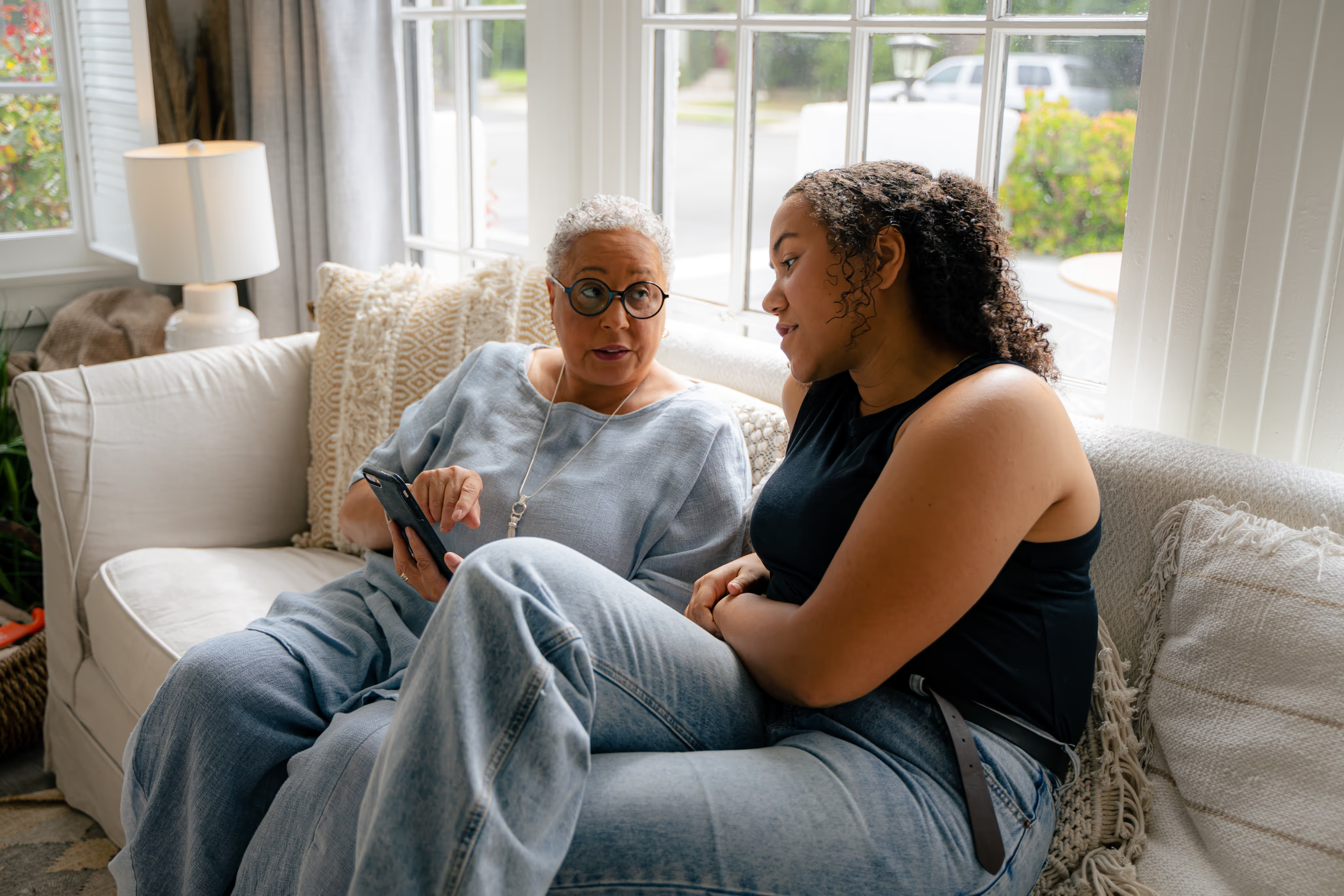Guaranteed to teach you things you never knew.
How Our Senses Trigger Memories - Part 1: Vision (By Brian Levine Ph.D.)
Clinical neuropsychologist, Dr. Brian Levine, shares how vision, the most dominant of our senses, affects our ability to trigger and recall memories.
"And once I had recognized the taste of the crumb of madeleine soaked in her decoction of lime-flowers which my aunt used to give me … immediately the old grey house upon the street, where her room was, rose up like the scenery of a theatre to attach itself to the little pavilion, opening on to the garden..."
- Proust, In Search of Lost Time (1913)
The power of the senses to evoke past memories
Proust’s “Petit Madeleine” passage is commonly used to illustrate how memories are evoked by a sensory cue. Why are the senses – tastes, smells, textures, images, sounds, kinesthesia – so evocative of past memories? The simple answer is that successful memory involves the reinstatement of the original experience. When a sensory cue – such as Proust’s petit madeleine – matches something from the original experience, it can fast-track us to reactivate and assemble thoughts and images into a coherent recollection.
Vision: Our most dominant sense
Proust’s rich recollection was triggered by a taste sensation, but the story it brought to mind was centered on a detailed visual image (the house, the pavilion, the garden…). Vision is dominant among the senses in human recollection. Humans’ extraordinary visual capacities conferred advantages in survival as we evolved as hunters/gatherers capable of rapid, detailed, and multifaceted encoding of scenes, object identity, color, and motion. This same visual information enables us to recall details such as the location of a high-value food source or the appearances of our friends and foes. So our survival and propagation depended upon visual memory, and those imprints persist even though our hunter-gatherer days have long since passed.
Few can write like Proust, but most of us can relate to that feeling of traveling back in time when recalling a particularly memorable event. The visual part of that experience is crucial. People who cannot engage the brain’s visual systems (due to a brain injury or a developmental condition), have impoverished recollection. Those with normal visual imagery abilities engage visual areas of the brain during recollection.

The best types of photos for evoking memories
How can we use the visual system to evoke memories? Some lifecycle events (a wedding) are automatically accessible. While photographs can enhance recall of such events, there are other events that may not have made the hit parade, but still say a lot about us. Maybe your parent or grandparent lent a hand at a crucial time. They may not have realized how much it meant. If they haven’t devoted much thought to it, they will have to search for the memory. On account of our advanced visual system that helped us to survive as hunters and gatherers, a well-chosen photograph can shorten the effortful mental search process and more rapidly bring such events to mind.

When using photographs to stimulate recall of an event, choose ones that are specific. For example, if you met up at the cottage every summer, but you are interested in the time Uncle Bob tipped the canoe, find a photograph of that event, rather than generic ones from the cottage. The more details – such as people, objects, and scenes – the better, provided that the image isn’t too cluttered. Including photographs from multiple perspectives (i.e. a scene viewed through the person’s eyes, and a scene viewed by another) could evoke more details. When viewing the photo, take your time. Ask questions to fill in the story beyond the picture.
- Who was there?
- Was there anyone there who was not pictured?
- Where did the event take place? (Consider both geographical location and the specific location within that context)
- What was the weather like?
- When did this take place? (Both in calendar dates and time of day.)
- What happened just before or after that?
- Do you recall any tastes, temperatures, smells (if relevant)?
- What was going through your mind at the time?
- How did that make you feel?
Memory is multimodal. This is the first article in a new series about how our senses trigger memories. In subsequent posts, I will discuss how memories can be stimulated by the other senses.

About Brian Levine PhD
Dr. Brian Levine is a clinical neuropsychologist and senior scientist at the Rotman Research Institute at Baycrest and a Professor of Psychology and Medicine (Neurology) at the University of Toronto, where he leads a lab conducting research on the cognitive neuroscience of naturalistic memory and attention.
Next up: Why Your Brain Loves a Great Story

Their stories, forever at your fingertips
Remento’s life story books turn a parent or grandparent’s memories of the past into a keepsake book for the future - no writing required.
Capture priceless family memories today
Join the thousands of families using Remento to preserve family history, all without writing a word.
.avif)
